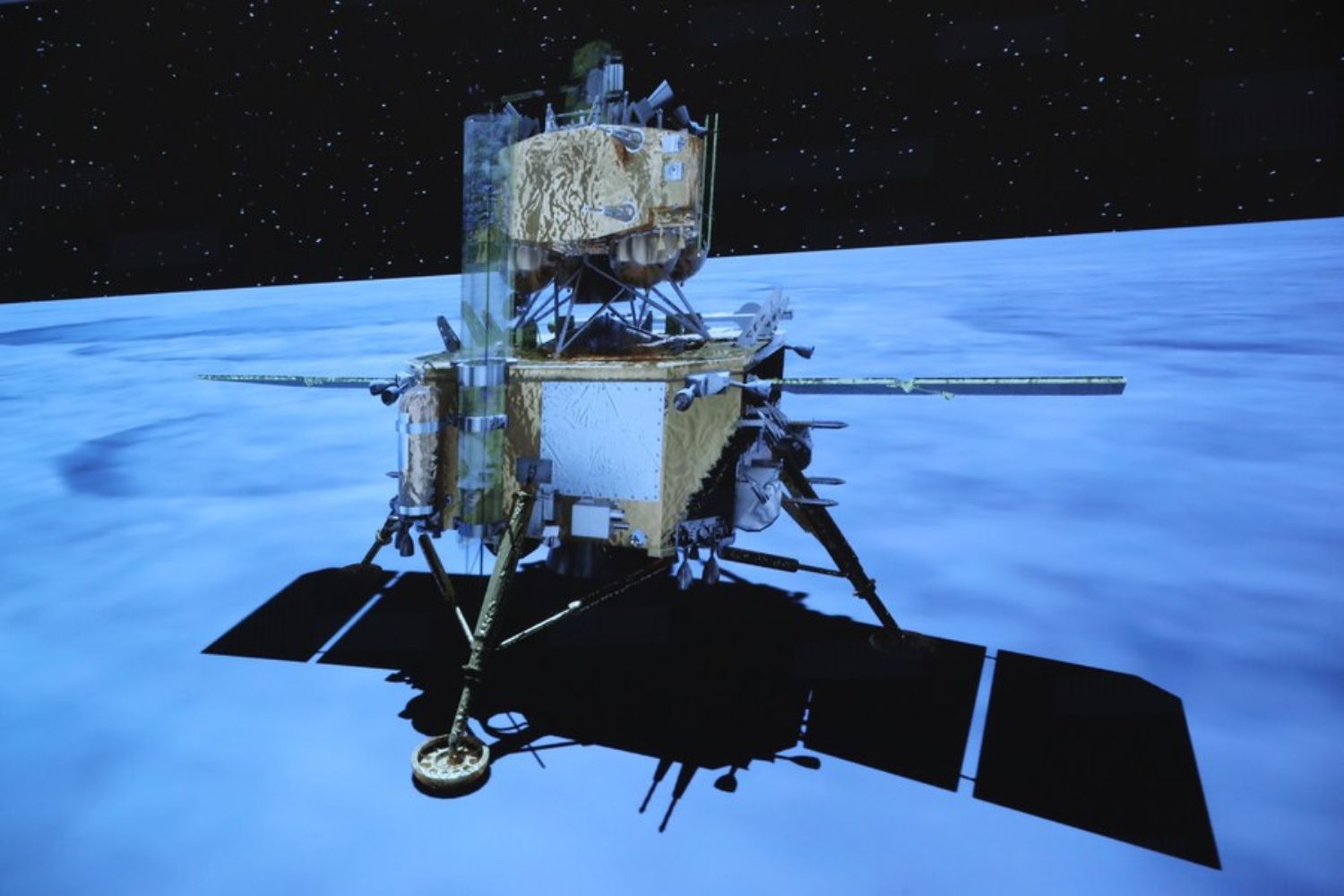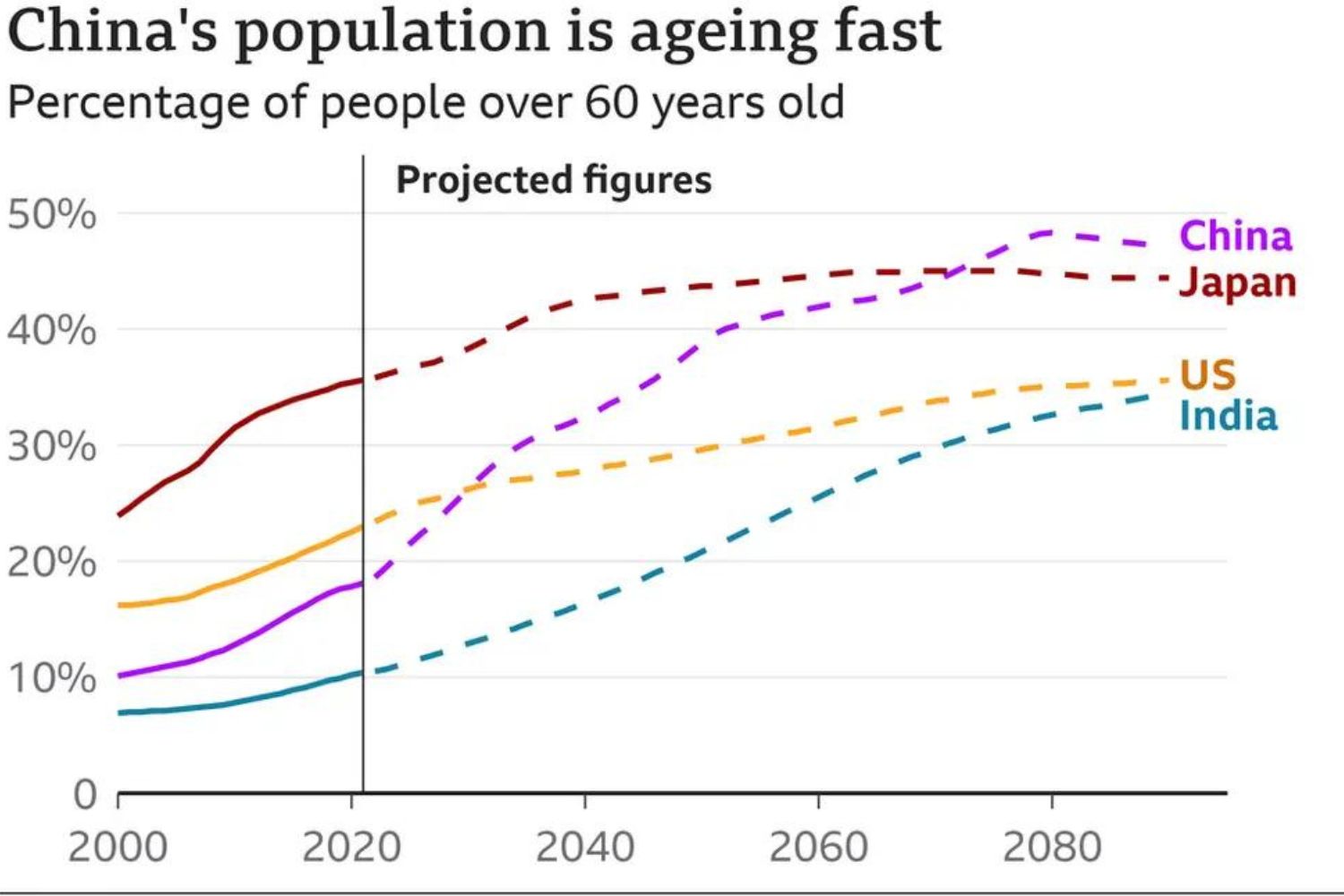In a significant move in international space collaboration, China has announced that its upcoming moon mission, Chang’e-7, will include contributions from Egypt and Bahrain. Set for launch in 2026, the mission will focus on the lunar south pole, a region of high scientific interest due to the presence of ice water.
This collaboration will see the development, testing, and deployment of a multispectral camera designed to analyse lunar surface materials. The participation of Egypt and Bahrain marks a notable expansion in their space exploration capabilities and highlights the growing international interest in lunar research.
China’s Chang’e-7 mission is part of its broader lunar exploration program, aiming to enhance our understanding of the moon’s resources and environment. The inclusion of international partners is seen as a strategic move to bolster scientific exchange and strengthen geopolitical ties in the realm of space exploration.
China’s Lunar Missions: A Timeline of Achievements and Ambitions
China has made significant strides in its lunar exploration efforts through a series of carefully planned missions under its Chang’e program. This program, named after the Chinese moon goddess, reflects the nation’s growing capabilities and ambitions in space exploration.
The journey began with Chang’e-1, launched on October 24, 2007. This mission marked China’s first lunar orbiter, aimed at creating a detailed 3D map of the moon’s surface and analysing the distribution of various elements. Chang’e-1 successfully completed a 16-month mission, providing a wealth of data that laid the groundwork for future explorations.
Building on this success, Chang’e-2 was launched on October 1, 2010. This follow-up mission aimed to capture high-resolution images of the lunar surface. Chang’e-2 not only orbited the moon successfully but also extended its mission by conducting a flyby of asteroid 4179 Toutatis, showcasing China’s growing technical prowess in space.
The next major milestone came with Chang’e-3, launched on December 1, 2013. This mission achieved China’s first soft landing on the moon and deployed the rover Yutu, or “Jade Rabbit.” Chang’e-3’s success was a significant achievement, as it marked the first soft landing on the moon since the Soviet Union’s Luna 24 in 1976. The mission provided critical data on the moon’s surface and tested new technologies for future lunar exploration.
These early missions have set the stage for more ambitious plans, including the forthcoming Chang’e-7 mission, set for 2026. This mission aims to explore the lunar south pole, an area of high scientific interest due to the presence of ice water. Notably, Chang’e-7 will include contributions from Egypt and Bahrain, highlighting China’s commitment to international collaboration in space exploration. This mission will involve the development, testing, and deployment of a multispectral camera to analyse lunar surface materials, further expanding our understanding of the moon’s resources.
Through these missions, China has demonstrated a clear trajectory of advancement in lunar exploration, positioning itself as a formidable player in the global space race. As the Chang’e program continues to evolve, it promises to bring more groundbreaking discoveries and technological innovations in the years to come. Egypt and Bahrain have made significant strides in their respective space programs, culminating in a notable joint venture that has secured a spot on China’s Chang’e-7 lunar exploration mission in 2026.
Egypt’s Space Program
Egypt’s journey in space exploration took a significant leap forward with the establishment of its national space agency in 2016. This marked a major milestone in Egypt’s ambitions to become a player in the global space arena. Over the years, Egypt has launched nine satellites, showcasing its growing capabilities in space technology and its commitment to advancing its technological infrastructure. Additionally, Egypt has engaged in international cooperation, partnering with other countries, including China, to further its space-related projects and expertise.
Bahrain’s Space Program
Bahrain has also been actively developing its space program, spearheaded by the establishment of the National Space Science Authority (NSSA) in 2014. The NSSA has been instrumental in driving Bahrain’s space initiatives forward. Bahrain has pursued joint ventures with other nations, including a significant partnership with Egypt. This collaboration has culminated in securing a place on China’s Chang’e-7 lunar exploration mission set for 2026. Bahrain’s space program has placed a particular emphasis on lunar exploration, aiming to analyse lunar surface materials and identify water ice at the lunar south pole, a region of great scientific interest.
Together, Egypt and Bahrain’s involvement in the Chang’e-7 mission not only highlights their advancements in space exploration but also emphasises the importance of international collaboration in achieving ambitious space goals. This partnership represents a significant achievement for both countries as they continue to expand their presence in the field of space science and exploration.
ALSO READ: China visits the far side of the moon













